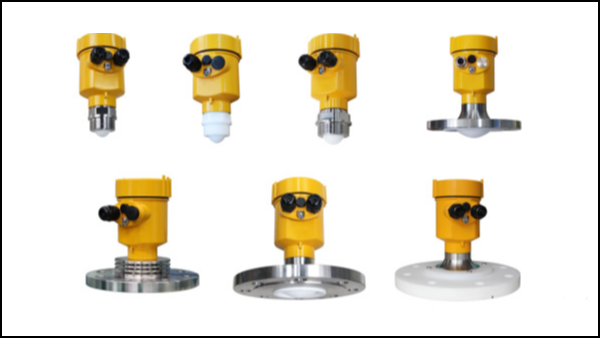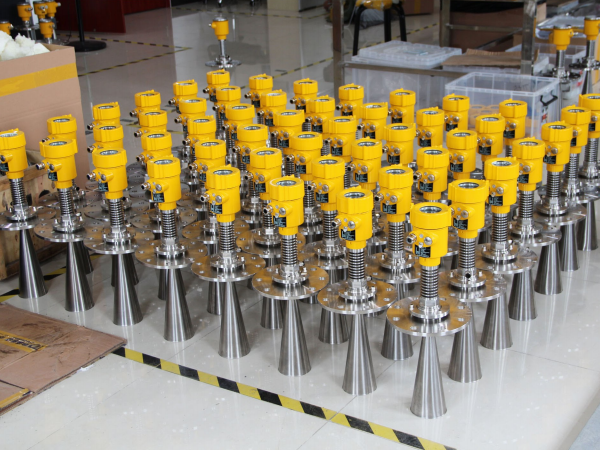In the industrial production process, monitoring the operating status of equipment is an important part of ensuring production efficiency and safety. Especially in industries involving liquid media processing, such as petrochemicals, water treatment, metallurgy, etc., accurate measurement of liquid level is particularly critical.
As a common solid and liquid separation equipment, the wet slag extractor needs to maintain a certain water level during operation to ensure its normal operation.
This article will discuss the characteristics of the water level of the wet slag tapper, and introduce the application of radar level meter in measuring the water level of this equipment through a practical case.

The working principle of the wet slag extractor is to transport and discharge solid waste through liquid media (usually water). During this process, water level control is crucial to the stable operation of the equipment.
On the one hand, a water level that is too low may result in incomplete slag discharging and affect the slag discharge efficiency of the equipment; on the other hand, a water level that is too high may cause media overflow or increase energy consumption.
Therefore, real-time monitoring and precise control of the water level of the slag discharging machine is the key to improving production efficiency and ensuring the safe operation of the equipment. Traditional liquid level measurement methods include float type, pressure type and capacitive type.
Although these methods can meet the needs of liquid level measurement to a certain extent, they often have problems such as complex installation, difficult maintenance, and vulnerability to environmental factors.
With the development of technology, radar level gauges have gradually become the first choice for water level monitoring in wet slag tappers due to their advantages such as high precision and non-contact measurement.

Take the wet slag extractor of a chemical plant as an example. The plant uses advanced radar level gauges to monitor water levels. Compared with traditional liquid level gauges, radar level gauges have the following significant advantages:
1. High-precision measurement: Radar level gauges use microwave signals to measure with high accuracy and can accurately monitor the water level of wet slag discharging machines.
2. Non-contact measurement: Since the radar level meter does not need to be in direct contact with the measured medium, it is not affected by medium corrosion, adhesion, etc., reducing maintenance work and improving the stability and reliability of the equipment. 3. Strong environmental adaptability: The radar level gauge is not affected by environmental factors such as temperature, pressure, humidity, etc., and can maintain accurate measurement performance even in harsh working environments.
4. Easy installation: The installation process of the radar level gauge is simple and fast, does not require complicated debugging, and saves the time and cost of installation and maintenance.

In the actual case of this chemical plant, by installing a radar level gauge, operators can monitor the water level changes of the wet slag tapper in real time and adjust the equipment operating parameters based on data feedback, ensuring the efficient and stable operation of the slag tapper.
In addition, accurate water level data provides reliable input to the factory’s automated control system, further optimizing production processes and energy utilization. In summary, the application of radar level gauges in water level measurement of wet slag tappers not only improves the accuracy and reliability of measurement, but also simplifies the installation and maintenance of the equipment. Through this efficient monitoring method, the safety and economy of industrial production have been significantly improved, demonstrating the strong application potential of modern measurement technology in the industrial field.
